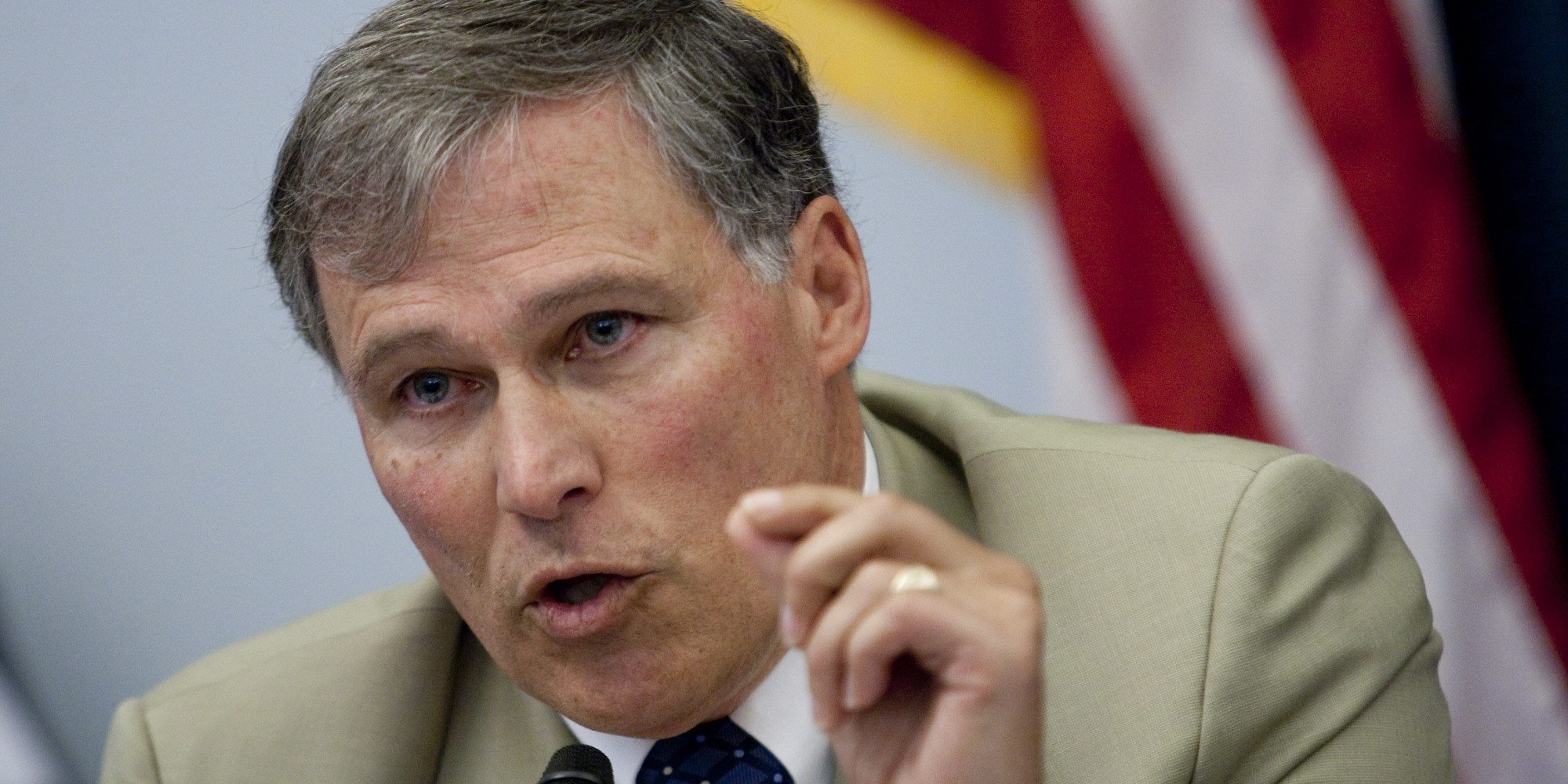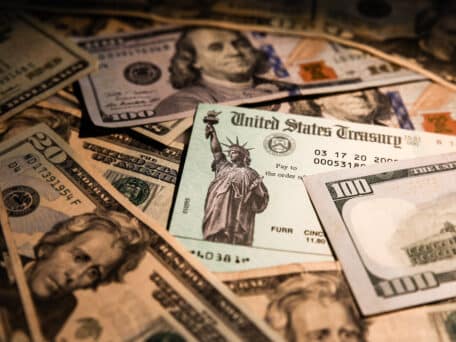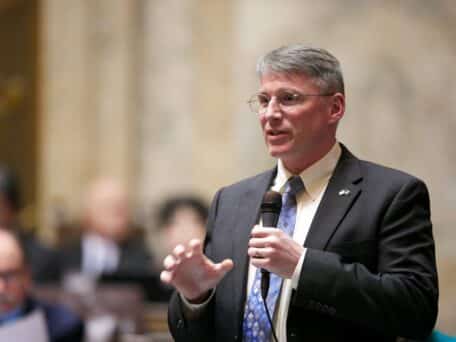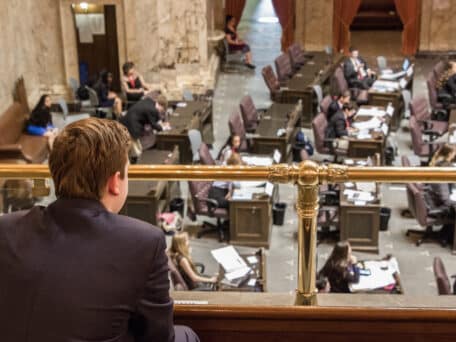The outcry over Jay Inslee’s gas tax scheme—which Shift uncovered earlier this year—would have been enough for most leaders to pay attention to, and perhaps modify an economy-crushing plan.
But, not true for an ideologue like Inslee. Inslee’s top priority seems to keeping his title as the “nation’s greenest governor” and with it the pipeline to California billionaire Tom Steyer’s campaign cash.
Recently, in addition to his so-called “low carbon fuel standard” program – which his own consultant said could raise gas prices by $1.17 per gallon, with no benefit to Washington State’s transportation system – Inslee has debuted his “carbon reduction strategy, which (you guessed it) will raise gas prices by $1.46 over the next 20 years.
And, like its misguided predecessor, this new gas tax scheme also comes with no benefit to our state’s transportation infrastructure.
Even worse, its impact on the state’s economy is being deliberately manipulated by the Inslee administration bureaucrats who are developing his plans, who admit that they have “no confidence” in their projections about what Inslee’s green agenda will do to the state.
Last week, Inslee’s Carbon Emissions Reduction Task force (CERT) revised its previous economic study and alleged to show “positive economic results from one potential climate policy.” That climate policy would place “a price on carbon beginning at 12 cents per metric ton (in 2016) and rising to over $1.50 per metric ton by 2035, returning a portion of the revenue to selected industries.” The report claims that the policy scenario would create approximately 30,000 more jobs in Washington State “than in the baseline scenario.”
But the problem with CERT’s projections is that, according to the Washington Policy Center, “the economists who produced those results admit they have “no confidence” in the accuracy of the projections.” When asked to give an indication of the margin of error of the projections, the economists responded:
“The best (really only) way to introduce any sensitivity into simulations is through the inputs. ie. Assume a 10% increase vs a 20% increase in energy rates. There are no confidence margins on our results given the number of equations that go into every forecast.”
As the Washington Policy Center points out that, according to the economists’ response, “the model is so complicated, assessing the accuracy is impossible, preventing modelers from even providing an estimate of potential margin of error.” In response, the state claims that the models used for the projections are “the best available.” Apparently, “the best available” for Inslee and his climate policy agenda leaves out both usefulness and accuracy.
More indications that Inslee’s climate policy projections are highly inaccurate include:
- The questionable conclusion that “the economy would grow faster after raising carbon taxes by 8 cents every year for the next 20 years.”
- The false claim that Inslee’s plan is revenue neutral, especially considering the fact that the plan promises to use 35% of “the revenue is used for government programs, either in the General Fund or for the Working Families Tax Credit” and that 5% of the tax would go for “administration.”
Of course, blatant admissions of inaccuracy have not prevented Inslee and his office from bragging about the results of the study.
Whether Inslee will continue to brag about his flawed study will likely depend on how much voters learn about it before the November elections, and punish the Democrat legislative candidates who will support his efforts to jack up gas prices.




